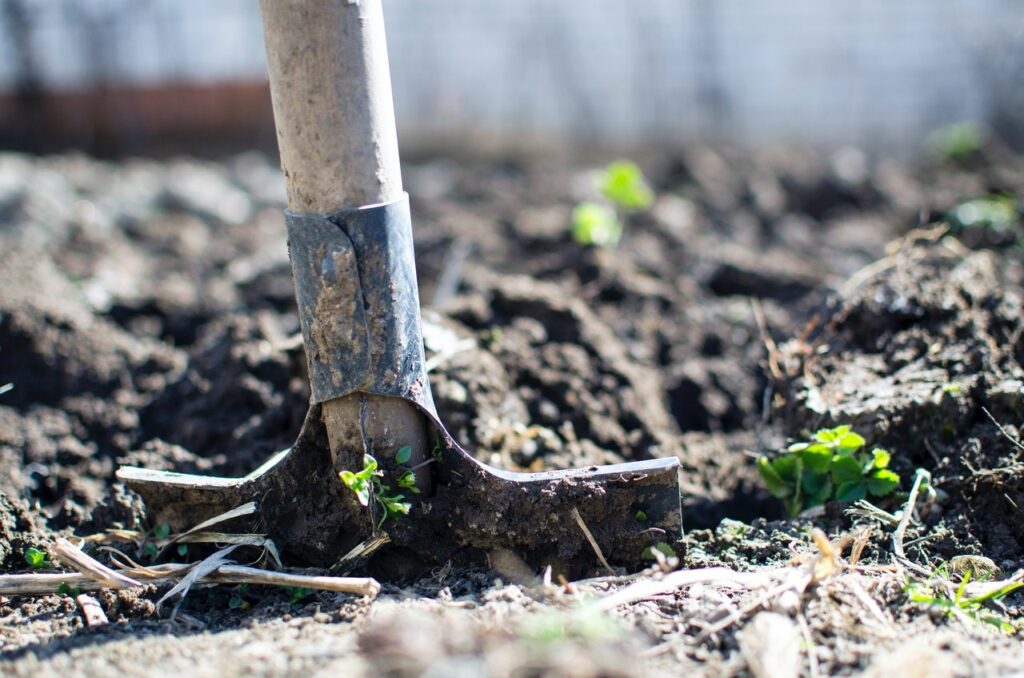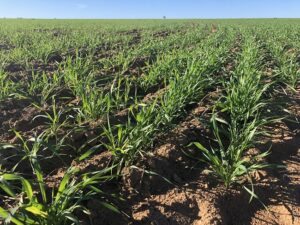
Anyone who is looking to grow healthy crops on their farm will have an interest in soil nutrient levels and soil health.
Soil testing is in fact a fairly simple process, and is an awesome tool in helping you achieve a healthy and profitable farm.
We recommend consulting with FarmCo Moora Agronomist Helen Lethlean to discuss whether there is a need for additional tests such as deep soil nitrogen tests on your farm.
Luckily, in most soils nutrients are concentrated in the top 10cm of soil, so usually you only have to take your samples to this depth.
Our 7 Simple Steps to Soil Testing Success are as follows:
 Remember to account for variability. If your paddock has variations in soil type, depth, slope and nutrient levels, take separate samples from each area so that different areas can be individually analysed.
Remember to account for variability. If your paddock has variations in soil type, depth, slope and nutrient levels, take separate samples from each area so that different areas can be individually analysed.
Information above taken from (2020). Soil sampling and testing on a small property. Department of Primary Industries and Regional Development – https://www.agric.wa.gov.au/small-landholders-western-australia/soil-sampling-and-testing-small-property.
Join now for instant savings!